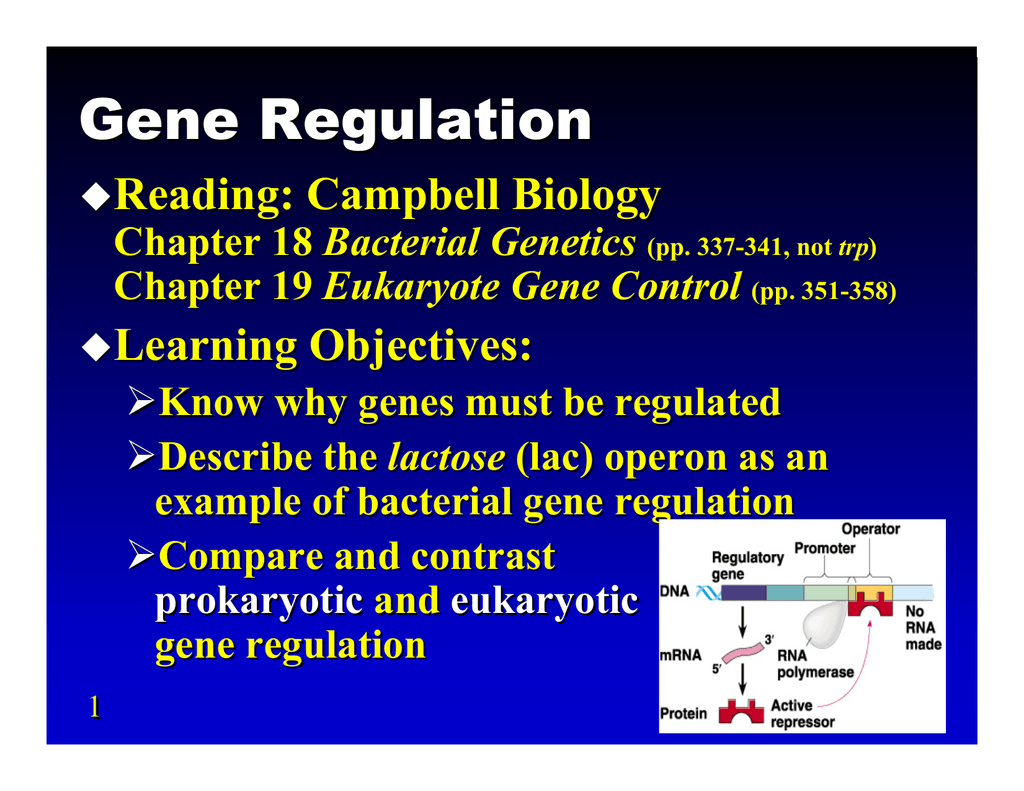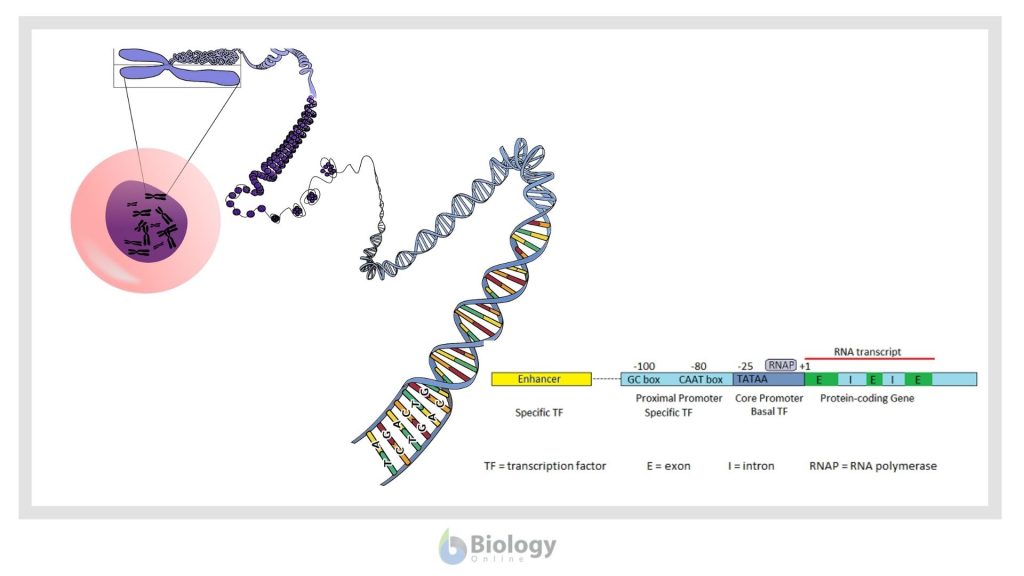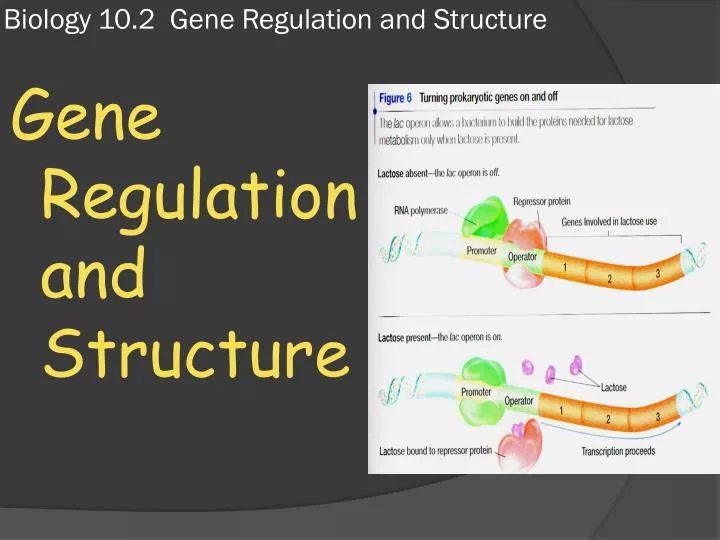What Is Regulation In Biology
Regulation in biology plays a crucial role in maintaining the balance and functionality of various biological processes. It involves the control and coordination of these processes to ensure the survival and proper functioning of organisms. In this article, we will explore what regulation in biology is and how it impacts different aspects of life.
What is Regulation in Biology?
Regulation in biology refers to the process by which living organisms control and adjust their internal environment, as well as the activities of their cells and organs, to maintain homeostasis. Homeostasis is the tendency of an organism to regulate its internal conditions and maintain stability despite changes in the external environment.

One of the essential aspects of regulation in biology is the control of gene expression. This process involves turning genes on or off to produce specific proteins required for various cellular functions. Gene regulation plays a fundamental role in development, growth, and response to environmental stimuli.

Additionally, various biological processes, such as metabolism, enzyme activity, and cell signaling, are regulated to ensure they occur at the right time and in the appropriate amounts. These regulations can be achieved through various mechanisms, including feedback loops, biochemical pathways, and signaling molecules.
Importance of Regulation in Biology
Regulation in biology is crucial for the proper functioning of living organisms. It allows organisms to adapt to changes in their environment, maintain internal stability, and ensure the coordination of different biological processes. Without proper regulation, organisms would struggle to survive and function optimally.
Regulation in Different Biological Processes
1. Metabolic Regulation
Metabolism refers to the chemical reactions that occur within cells to sustain life. Regulation of metabolism ensures the efficient utilization of nutrients, energy production, and removal of waste products. This process involves the control of enzyme activity, which can be regulated by factors such as allosteric regulation and feedback inhibition.
2. Cell Signaling
Cell signaling is crucial for communication between cells and coordination of their activities. Regulation of cell signaling pathways ensures that signals are transmitted accurately and appropriate responses are elicited. Dysregulation of cell signaling can lead to various diseases, including cancer and autoimmune disorders.
3. Developmental Regulation
During development, the regulation of gene expression is essential for controlling the growth and differentiation of cells, tissues, and organs. Different sets of genes are activated or inactivated at specific times to guide the proper formation and function of various body parts. Any disruption in the regulatory processes can result in developmental abnormalities.
FAQs (Frequently Asked Questions)
Q: How is gene expression regulated?
A: Gene expression is regulated through various mechanisms, including transcription factors that bind to DNA and either enhance or inhibit gene transcription. Epigenetic modifications, such as DNA methylation and histone modifications, also play a role in regulating gene expression.
Q: What is the significance of feedback loops in biological regulation?
A: Feedback loops are essential for maintaining stability and balance in biological systems. Negative feedback loops help regulate processes by reversing the effects of a stimulus, while positive feedback loops amplify the effects of a stimulus to promote a specific response.
Q: How does regulation impact disease development?
A: Dysregulation in biological processes can contribute to the development of various diseases. For example, malfunctioning of regulatory mechanisms in cell growth and division can lead to cancer, while disruptions in immune response regulation may result in autoimmune disorders.
In conclusion, regulation in biology encompasses the control and coordination of various biological processes to maintain homeostasis and ensure optimal functioning of living organisms. From gene expression to metabolism and cell signaling, regulation plays a crucial role in every aspect of life. Understanding the mechanisms of regulation helps us unravel the complexities of life and opens doors to potential therapeutic interventions for various diseases.
Atp Is Useful In Many Biological Processes Explain Why 4 - Wasfa Blog
 Image Source : wasfa-hd.blogspot.com
Image Source : wasfa-hd.blogspot.com regulation processes cellular myc biological atp
Regulation Of Gene - Gene Expression And Transcription Of Cell
gene regulation biology expression genes cell
Gene Regulation In Eukaryotes - Biology Online Tutorial
 Image Source : www.biologyonline.com
Image Source : www.biologyonline.com gene regulation eukaryotes biology
Biology Pictures | Allosteric Regulation, Enzymes Activity, Biology
 Image Source : www.pinterest.com
Image Source : www.pinterest.com biology allosteric regulation enzymes site active activity cell choose board
PPT - Biology 10.2 Gene Regulation And Structure PowerPoint
 Image Source : www.slideserve.com
Image Source : www.slideserve.com regulation gene biology structure ppt powerpoint presentation
Gene Regulation, Illustrated | Amazing Science | Teaching Biology
 Image Source : www.pinterest.com
Image Source : www.pinterest.com gene regulation science illustrated choose board biology
031 - AP Biology Portfolio
gene eukaryotes regulation biology prokaryotes control vs eukaryotic ap transcription protein cells
Latest Regulation: Gene Regulation Biology
 Image Source : regulationlatest.blogspot.com
Image Source : regulationlatest.blogspot.com regulation
Regulation of gene. Gene regulation in eukaryotes. Biology allosteric regulation enzymes site active activity cell choose board. Gene regulation, illustrated. Latest regulation: gene regulation biology